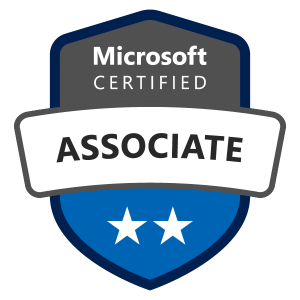Microsoft has now released a new set of role-based exams including a new SharePoint exam. The exam MS-301: Deploying SharePoint Server Hybrid is an interesting exam because it still tests on a lot of on-premises SharePoint Server functionality, as well as expecting you to know how SharePoint Online works, and how you can deploy hybrid features such as hybrid search, hybrid taxonomy structures, hybrid search, etc. Passing this exam is one of two exams required to receive the Microsoft 365 Certified: Teamwork Administrator Associate certification, which in turn can help you achieve the Microsoft 365 Certified: Enterprise Administrator Expert certification.
Having been a part of the Microsoft exam-writing process several times over the years, one of the greatest take-aways I can share with you is that the exams are always written to the exam objectives, which are plainly posted on the Microsoft Learning web site. While the breadth of knowledge you need to pass any given exam can be great, it’s not secret; there really are no trick questions on the exams. That being said, having also passed a number of exams through the years (23 since the year 2000), I have learned that one of the easiest and cheapest ways to study for an exam is just to walk through each objective, one by one, and find online documentation for that objective. And guess what? You’re in luck, because I’ve done that for you! I have now published an online study guide for exam Microsoft 301: Deploying SharePoint Server Hybrid. Check it out!

